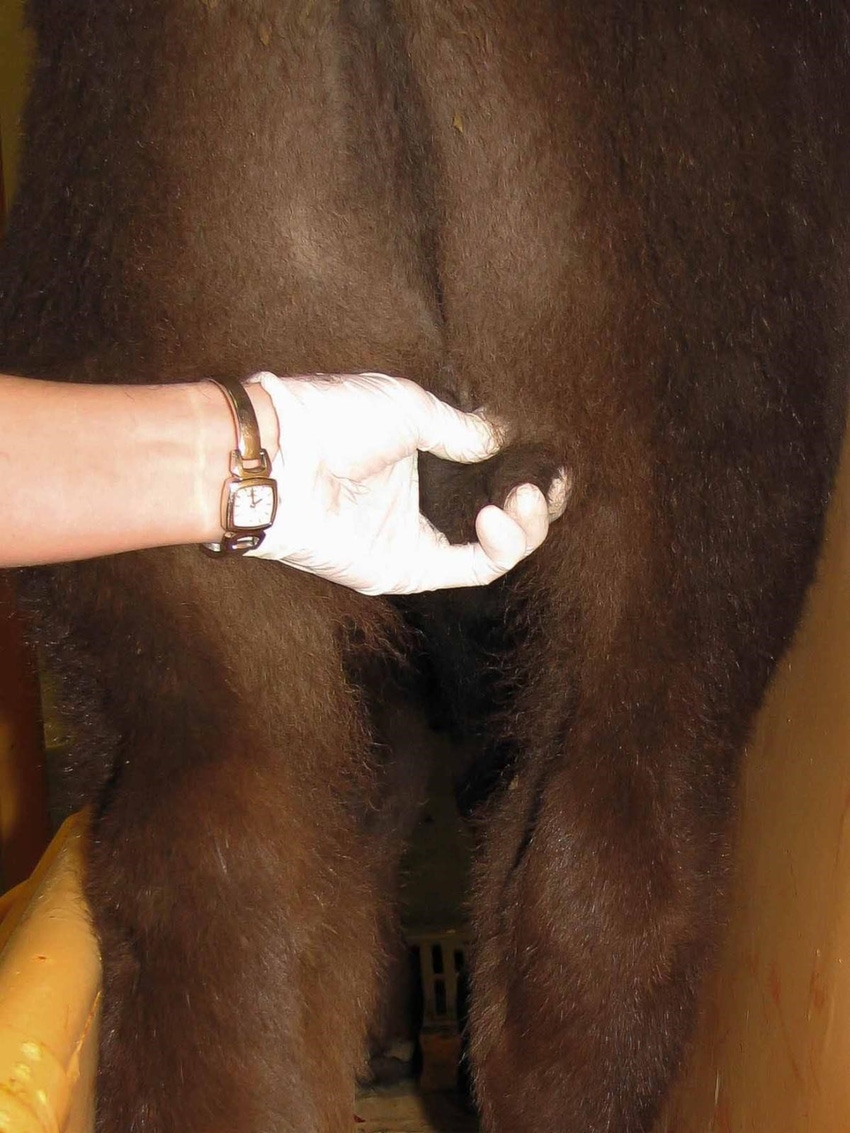Weaning is worst time in cattle cycle for castration procedure.
January 3, 2020

Animal welfare is always on the beef producer's mind when considering optimal management strategies to maximize calf productivity. One of the most stressful times in a male calf's life is when he experiences castration, according to an announcement from the Kansas State University Beef Cattle Institute (BCI).
Regarding the optimum time for the procedure, Kansas State University veterinarians Dr. Bob Larson and Dr. Hans Coetzee recommend castrating bull calves in the first few days of life after they've taken in the colostrum.
"Castrating bulls when they are young reduces stress. It doesn't make it pain free, but in terms of his growth, there is a reduced impact," said Coetzee, anatomy and physiology department head and interim director of the Nanotechnology Innovation Center and Institute of Computation Comparative Medicine at Kansas State.
Another common time is at pasture turnout and branding, BCI said.
"If we castrate him at two to three months of age, it is also recommended to give him a growth implant to replace the hormones that he lost with the removal of the testicles," Larson said.
Larson and Coetzee agreed that weaning is the worst time in the cattle cycle for the procedure.
"The stress of transportation, along with being away from mom and the castration procedure, puts a significant risk on those animals for disease," Coetzee said.
Recommended technique
Regardless of when the bulls are castrated, BCI said ranchers have two technique options: surgical cutting or banding.
"With surgical castration, there is pain, but the recovery begins soon afterward. Meanwhile, with banding, there is a little buildup before the calf has much pain, but then he is uncomfortable, and it takes longer to heal," veterinarian and BCI director Dr. Brad White said.
The team agreed that surgical castration is the best option, provided that the person doing the procedure is skilled and the animals are properly restrained.
The team also discussed pain management strategies, noting that there currently are no Food & Drug Administration-approved drugs labeled for pain management at castration in cattle. Coetzee said under the advisement of a veterinarian, producers should consider administering Banamine Transdermal, which has an extra label use for pain management, or meloxicam sold under the brand name Mobic. Meloxicam is labeled for human use and is an oral medication that has to be mixed into the feed or delivered through a gel bolus, he added.
Coetzee said, "As we think of consumer perceptions, we need to be aware of these options."
You May Also Like


.png?width=300&auto=webp&quality=80&disable=upscale)
